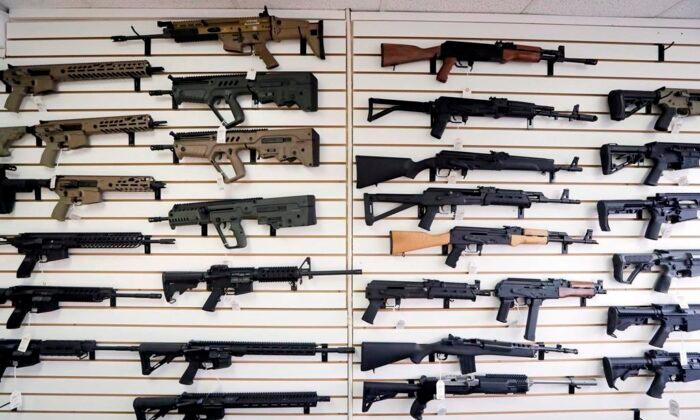Commentary
Four years ago, the federal government prohibited “1,500 types” of “assault-style” firearms. Has public safety improved as promised?
The 2020 ban instantly made it a crime for federally licensed firearm users to buy, sell, transport, import, export, or use hundreds of thousands formerly legal rifles and shotguns. According to the government, the ban targets “assault weapons,” but in reality they are classic semi-automatic rifles and shotguns that have been popular with hunters and sport shooters for more than 100 years. Ottawa announced at the time that newly prohibited firearms were to be confiscated and their legal owners to be “grandfathered” or receive “fair compensation.” That hasn’t happened.
As of September 2024, no plans have been announced for how the newly banned firearms will be collected, nor have any provisions been made for compensation in recent federal budgets. In 2020, a two-year amnesty period was announced to allow compliance with the ban. However, the original amnesty expired on April 30, 2022, and has since been twice extended, first to Oct. 30, 2023, then to Oct. 30, 2025.
The so-called “buyback” program has been a gong show from the beginning. Four years later, virtually none of the banned firearms have been surrendered. The police labour union refused to collect the newly banned firearms, as have firearms retailers and even Canada Post. And so far, no plan for compensation—fair or otherwise—has been announced. But Ottawa has already spent $42 million on a gun “buyback” program that still doesn’t exist.
The government has to know that the banned guns pose no threat to public safety. The banned firearms remain locked in the safes of their legal owners. As with all licensed firearm owners, they have been vetted by the RCMP and are monitored nightly for any infractions that might endanger public safety.
It remains unclear just how many firearms the 2020 ban includes. The Parliamentary Budget Officer estimates a range of between 150,000 and over 500,000 firearms, with a total value of more than $4.0 billion.
Now that more than four years have passed since this ban was announced, it is possible to evaluate the effect the ban has had on public safety. It is important to know if the ban is more than a public relations stunt, because estimates of its cost to taxpayers is in the billions, perhaps as much as $5 billion, for collecting the newly banned firearms (not including the costs of compensating owners or destroying the collected guns).
No beneficial impact can be seen in public safety. According to the latest available statistics, firearm-related violent crime has swelled by 10 percent from 2020 (12,614 incidents in 2020 to 13,937 incidents in 2022). The RCMP police union called out the government’s approach to public safety. To put this another way, the rate of firearms-related violent crime in 2022 was 36.7 incidents per 100,000 population—the highest rate recorded since comparable data were first collected in 2009.
Firearm homicides have not decreased since 2020. Perhaps this is because lawfully held firearms are not the problem. According to Statistics Canada, “The firearms used in homicides were rarely legal firearms used by their legal owners.” However, crimes committed by organized crime have increased by over 170 percent since 2016 (from 4,810 to 13,056 crimes).
Banning legally owned firearms is a questionable approach to reducing criminal violence. Statistics Canada data has repeatedly shown that exceptionally few legally owned firearms are involved in homicide. Hunters and sport shooters are among the most law-abiding people in Canada. Many Canadian families and indigenous peoples depend upon hunting to provide food for the family dinner table through legal harvesting, with the added benefit of getting out in the wilderness and spending time with family and friends.
Hunting and firearm businesses alone contribute more than $5.0 billion to Canada’s economy and support more than 45,000 jobs. Hunters are the largest contributors to conservation efforts, contributing hundreds of millions of dollars to secure conservation lands and fund projects to manage wildlife.
Views expressed in this article are opinions of the author and do not necessarily reflect the views of The Epoch Times.







